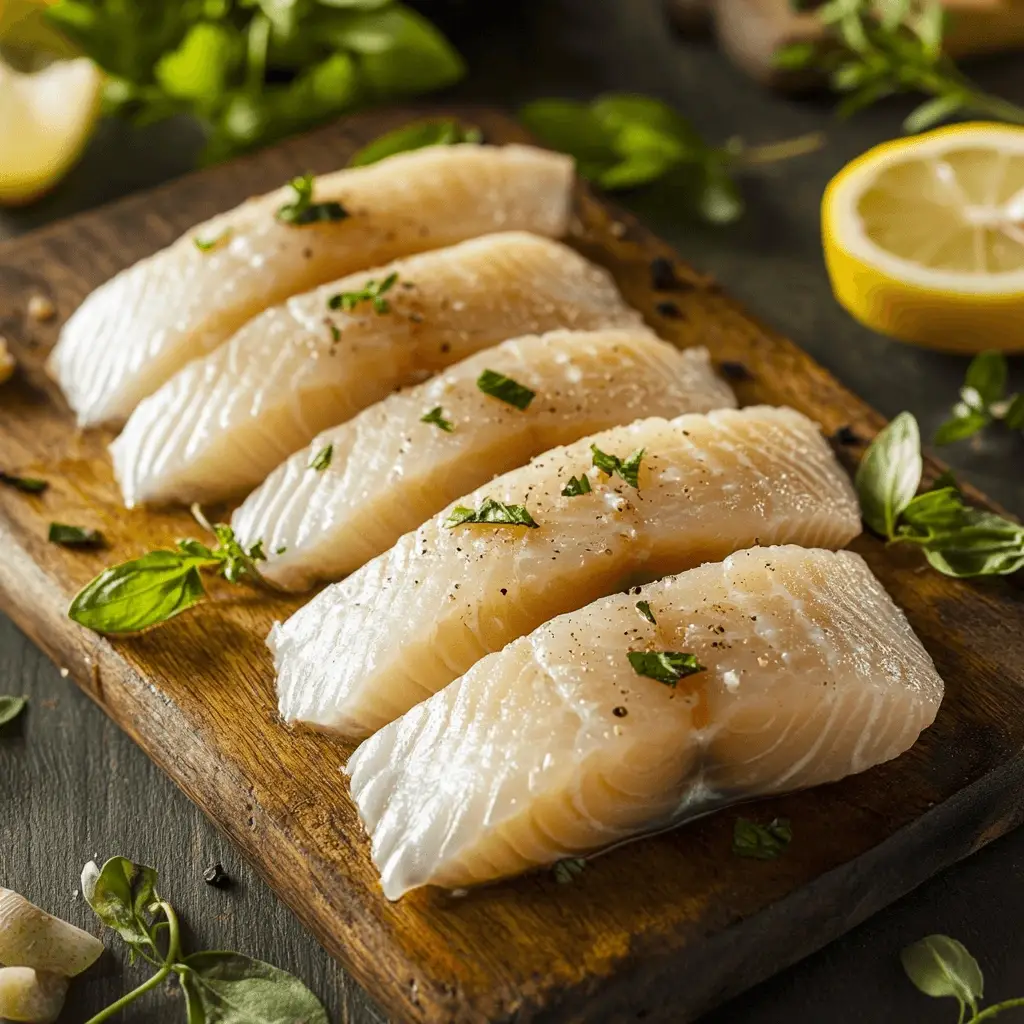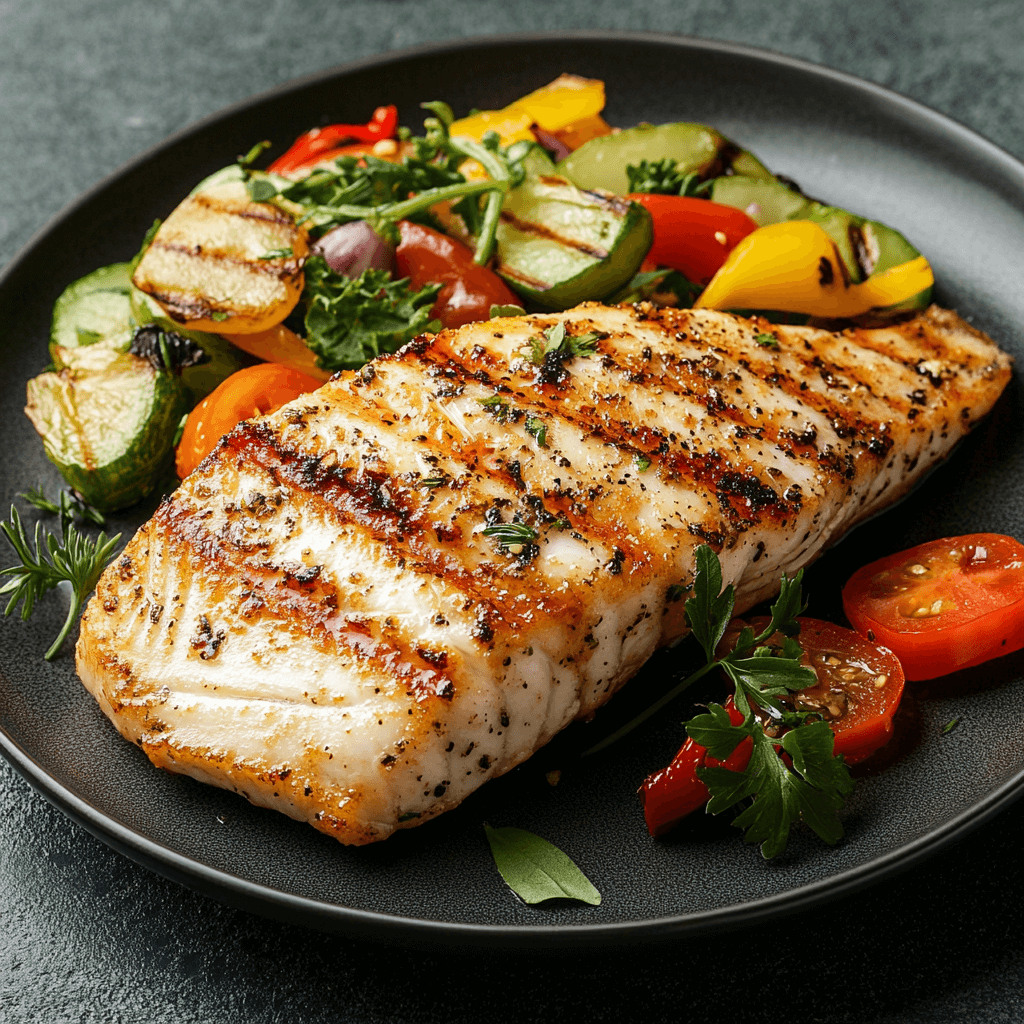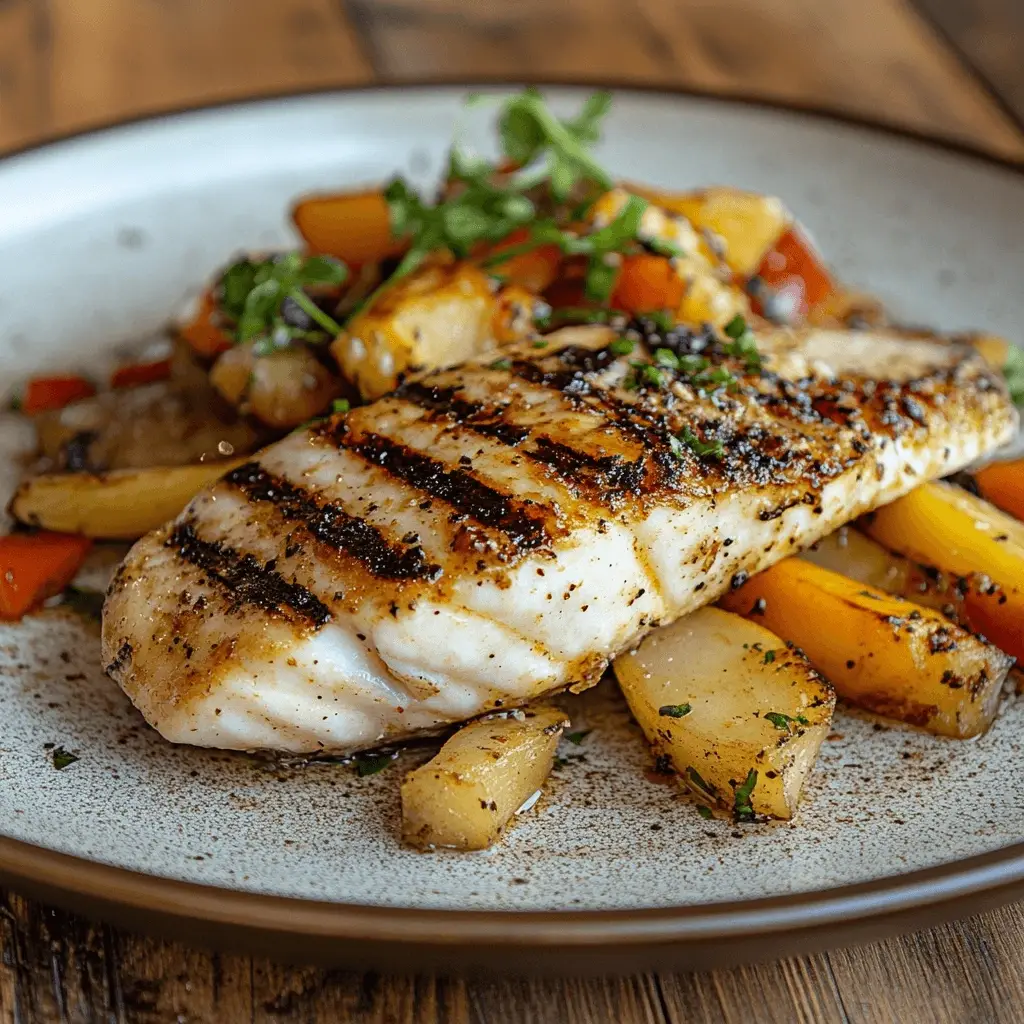Seafood lovers appreciate Swai fish for its affordability and mild taste. However, many people wonder if it’s a healthy option. Many also ponder how it compares to other white fish and the best ways to prepare it. This article provides a complete guide to Swai fish. It covers its nutritional benefits, potential risks, and cooking methods to help you make an informed decision.
What is Swai Fish? A Complete Guide

Swai Fish Overview
Farmers in Vietnam and other Southeast Asian countries commonly raise Swai fish (Pangasius hypophthalmus) in freshwater environments. Supermarkets sell Swai fish widely as an affordable white fish option from the catfish family.
Scientific Name & Origins
Native to the Mekong River in Vietnam, Swai fish is primarily produced by aquaculture farmers. As a result, it has become one of the most imported seafood products in the United States and Europe.
Why Is Swai Fish Popular?
- Mild Flavor: Swai has a neutral taste that absorbs seasonings well.
- Affordability: Consumers often buy Swai because it costs less than other white fish like cod or haddock.
- Versatility: Can be baked, grilled, fried, or included in soups and curries.
Swai Fish vs. Other White Fish
| Feature | Swai Fish | Tilapia | Catfish | Cod |
|---|---|---|---|---|
| Taste | Mild, slightly sweet | Mild, lean | Mild, firm | Mild, flaky |
| Texture | Tender, flaky | Firm, flaky | Dense, meaty | Firm, flaky |
| Omega-3 | Low | Low | Moderate | High |
| Price | Low | Moderate | Moderate | High |
Swai is often compared to tilapia and catfish because of its mild flavor and texture. Nevertheless, it contains fewer omega-3 fatty acids than wild-caught fish like cod or salmon.
Swai Fish Nutrition Facts and Health Benefits
Nutritional Profile (Per 100g Cooked Swai Fish)
- Calories: 90 kcal
- Protein: 15 g
- Fat: 2.5 g
- Omega-3 Fatty Acids: 0.1 g
- Cholesterol: 45 mg
- Sodium: 50 mg
Is Swai Fish Healthy?
Many people choose Swai fish as a low-calorie, high-protein option, ideal for those seeking a lean protein source. However, compared to wild-caught fish, it has lower omega-3 levels, which are essential for heart health.
Low in Mercury?
Experts say Swai is a low-mercury fish. This makes it safer than larger fish like tuna or swordfish. On the other hand, its farming conditions vary, so sourcing from reputable suppliers is crucial.
Good Source of Lean Protein
- Muscle Growth: Supports muscle maintenance and recovery.
- Weight Management: High in protein but low in fat.
- Heart Health: When eaten as part of a balanced diet, it can be a healthy protein alternative.
Potential Risks and Controversies of Swai Fish
Learn more about seafood safety from the FDA Seafood Guidance.
Swai Fish Farming Practices
Aquaculture farms in Vietnam raise most Swai fish, though conditions differ widely among them. Certain farms add antibiotics and manage water quality poorly, raising concerns about contamination.
Is Swai Fish Safe to Eat?
Even though the FDA and USDA regulate imported Swai fish, some farms have weak oversight. This increases risks like:
- Antibiotic Residue – Some farms use antibiotics to prevent disease outbreaks.
- Contaminated Water Sources – Poor water conditions can lead to pollutants in the fish.
- Sustainability Issues – Some farming methods harm the environment.
Environmental Impact
Raising Swai fish consumes significant water resources, and improper waste management can damage local ecosystems. Purchasing sustainably farmed fish with eco-certifications helps reduce environmental harm.
Swai Fish Mercury Levels
Health experts classify Swai as a low-mercury fish, similar to tilapia and catfish. However, due to varying farming practices, it’s important to choose brands with quality assurance.
How to Cook Swai Fish: Best Recipes & Methods

Find delicious Swai fish recipes on AllRecipes.
1. Baking & Grilling Swai Fish
- Baking: Season with garlic, lemon, and herbs; bake at 375°F for 15 minutes.
- Grilling: Marinate in lemon and spices, then grill for 5 minutes per side.
2. Pan-Frying & Air Frying Swai
- Pan-Frying: Lightly coat with flour and pan-fry in olive oil until golden brown.
- Air Frying: Brush with seasoning and air fry at 400°F for 10 minutes.
3. Swai Fish in Soups & Curries
- Asian-Style Swai Soup: Add to a broth with ginger, garlic, and vegetables.
- Coconut Swai Curry: Simmer with coconut milk, turmeric, and curry spices.
4. Marinades & Seasonings
- Lemon & Garlic: Enhances mild flavors.
- Spicy Cajun: Adds bold seasoning.
- Honey Soy Glaze: Great for a sweet-savory taste.
Swai Fish: Should You Eat It or Choose Alternatives?
For sustainable seafood choices, check recommendations from Seafood Watch.
Is Swai Fish a Good Choice?
Swai is a cheap, mild-tasting fish. However, there are concerns about farming practices. This makes it a less ideal choice for people who want more omega-3. It is also not the best option for those looking for sustainably sourced seafood.
Alternatives to Swai Fish
- Cod: Higher in omega-3s, firmer texture.
- Tilapia: Similar taste and texture, widely available.
- Salmon: Rich in healthy fats and nutrients.
- Catfish: Similar texture, slightly stronger flavor.
Sustainable Seafood Choices
For those concerned about sustainability, it is advisable to opt for certified seafood brands. Moreover, choosing wild-caught alternatives recommended by Seafood Watch is a responsible option.
Final Thoughts on Swai Fish
Many home cooks appreciate Swai for its affordability and versatility in various recipes. Furthermore, its mild taste makes it an excellent choice for different seasoning styles. It is important to consider farming conditions and nutrition. You should buy from trusted suppliers. If sustainability and omega-3 content are important to you, look for better options.
Would you eat Swai fish? Let us know your thoughts below!w!

